Home>Articles>19 Ways To Create A Dream Deck Where You’ll Love Relaxing
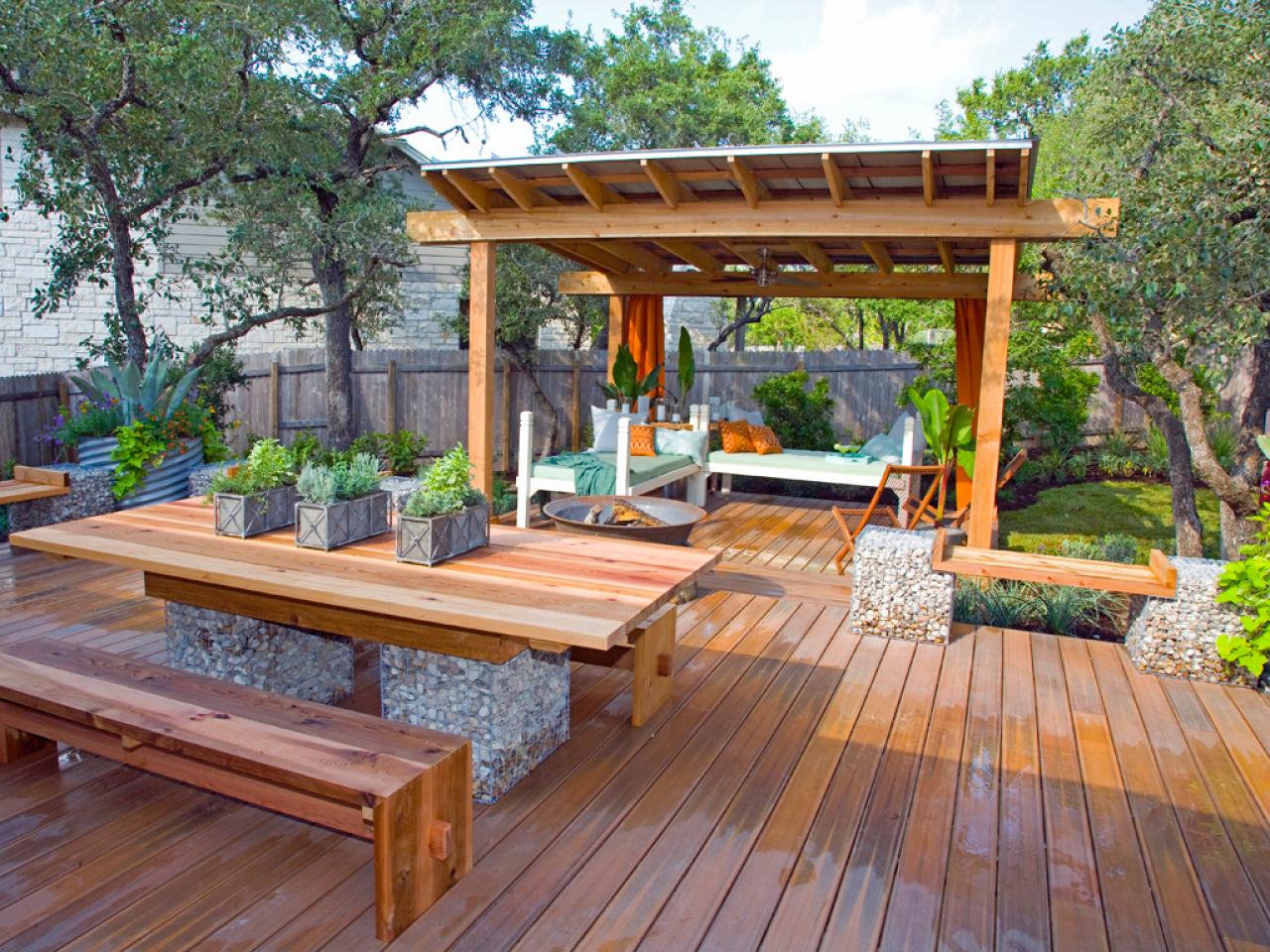

Articles
19 Ways To Create A Dream Deck Where You’ll Love Relaxing
Modified: October 28, 2024
Discover 19 articles on creating your dream deck, a perfect space for relaxing and unwinding. Explore innovative ideas and tips for designing the deck of your dreams.
(Many of the links in this article redirect to a specific reviewed product. Your purchase of these products through affiliate links helps to generate commission for Storables.com, at no extra cost. Learn more)
Introduction
Having a deck in your backyard is like having an oasis of relaxation and entertainment right at your doorstep. It’s a space where you can unwind, host gatherings, or simply enjoy the beauty of nature. But creating a dream deck that you’ll love relaxing on requires careful planning and consideration.
In this article, we will explore 19 ways to create a dream deck that not only meets your functional needs but also reflects your personal style. From choosing the right location and size to selecting the ideal materials and incorporating unique features, we will guide you through the process of designing a deck that will become the highlight of your outdoor living space.
So, grab a cup of coffee, sit back, and let’s dive into the world of deck design!
Key Takeaways:
- Designing a dream deck involves strategic location, low-maintenance materials, and unique features like built-in seating and outdoor kitchens to create a personalized and functional outdoor oasis.
- Incorporating pet-friendly design, water features, and finishes/stains ensures a welcoming, durable, and visually appealing deck that enhances outdoor living and relaxation.
Choosing the Right Location for Your Deck
The first step in creating a dream deck is to choose the perfect location for it. Consider the following factors when deciding where to place your deck:
- Orientation: Take into account the direction of sunlight and prevailing winds. You might want to position your deck in a way that maximizes sunlight exposure or creates a cool shaded area.
- Views: If you have a picturesque landscape or a stunning view, consider positioning your deck in a way that allows you to enjoy these features.
- Privacy: Determine how much privacy you desire. If you have neighbors or a busy street nearby, you may want to consider screening options or strategic positioning to create a private oasis.
- Accessibility: Ensure that your deck is easily accessible from your house and backyard. Consider pathways, stairs, and any other structures that need to be incorporated for smooth access.
- Utility Connections: If you plan to have an outdoor kitchen or a hot tub, make sure that the location allows for convenient access to utility connections like water, gas, and electricity.
Keep in mind that your deck should complement your existing landscape and the overall layout of your outdoor space. Take the time to assess different areas and envision how your deck will fit into the surroundings.
Once you have selected the location, mark it out with stakes or flags to get a better idea of the size and shape your deck will occupy. This will help you move forward with the design process.
Determining the Size and Shape of Your Deck
After choosing the right location for your dream deck, it’s time to determine the size and shape that will best suit your needs and the available space. Consider the following factors while deciding:
- Functionality: Think about how you plan to use your deck. Do you envision it as a space for entertaining large groups, or as a cozy retreat for intimate gatherings? This will help you determine the size you need.
- Existing Structures: Take into account any existing structures in your backyard, such as trees or shrubs, that you want to incorporate into the design. These may influence the shape and layout of your deck.
- Regulations and Permits: Check with your local building codes and regulations to ensure that your deck meets the required size restrictions and setbacks. You may need to obtain permits before starting construction.
- Traffic Flow: Consider the flow of foot traffic in your backyard. Ensure that the shape and placement of your deck allow for easy movement and access to other areas of the outdoor space.
- Aesthetics: Reflect on your personal style and the architectural features of your house. Choose a shape that complements the overall design and enhances the visual appeal of your outdoor area.
It’s essential to strike a balance between the size of your deck and the available space. An oversized deck may overwhelm your backyard, while a deck that is too small may limit its functionality.
If you’re unsure about the size and shape, consider consulting a professional deck designer or contractor. They can offer valuable insights and help you create a deck that perfectly fits your needs and vision.
Selecting the Ideal Decking Material
Choosing the right decking material is crucial for the longevity, maintenance, and overall aesthetics of your dream deck. Here are some popular options to consider:
- Pressure-Treated Wood: Pressure-treated wood is a common and budget-friendly option. It’s treated to resist rot, decay, and insects. However, it requires regular maintenance to prevent warping, cracking, and splintering.
- Cedar: Cedar is a natural wood that offers durability and beauty. It has natural oils that make it resistant to decay and insects. Cedar also has a warm, reddish-brown color that ages gracefully over time.
- Composite Decking: Composite decking is made from a combination of wood fibers and recycled plastic. It offers low maintenance, high durability, and comes in a wide range of colors and styles. It’s resistant to fading, staining, and scratching.
- Hardwood: Hardwood decks, such as Ipe or Tigerwood, offer unmatched durability and a luxurious appearance. They are naturally resistant to rot, decay, and insects. However, hardwood decks require periodic sealing and can be more expensive.
- PVC: PVC (polyvinyl chloride) decking is highly durable, stain-resistant, and low-maintenance. It’s also resistant to mold and mildew. PVC decking comes in a variety of colors and can mimic the look of natural wood.
- Aluminum: Aluminum decking is lightweight, durable, and resistant to rot, insects, and fire. It’s a long-lasting and low-maintenance option. However, it can be more expensive than other materials.
Consider your budget, maintenance preferences, and desired aesthetic when selecting the ideal decking material for your dream deck. Research different options and weigh the pros and cons of each to make an informed decision. It’s also important to factor in local weather conditions and the specific requirements of your deck design.
Remember, the decking material you choose will impact the overall look and feel of your deck, so take your time and choose wisely!
Deciding on a Decking Pattern
Once you have chosen the decking material for your dream deck, the next step is to decide on a decking pattern. The pattern you choose can significantly impact the overall appearance and style of your deck. Here are some popular decking patterns to consider:
- Horizontal Decking: This pattern is the most common and classic decking style. The deck boards are installed horizontally, creating a traditional and timeless look. It’s a straightforward pattern that works well with any decking material.
- Diagonal Decking: Installing the deck boards at a diagonal angle adds visual interest and a unique touch to your deck. It can make a small deck appear larger and creates a dynamic and modern aesthetic.
- Herringbone Decking: The herringbone pattern involves arranging the deck boards in a zigzag or chevron pattern. It adds a sense of sophistication and intricacy to your deck, making it a focal point of your outdoor space.
- Picture Frame Decking: In this pattern, the deck boards are installed parallel to the perimeter of the deck, creating a “picture frame” effect. This pattern adds a finished look and can be used to highlight certain areas or create visual boundaries.
- Parquet Decking: Parquet decking involves the installation of small wood tiles or panels in various geometric patterns. It creates a stunning and intricate look, reminiscent of indoor parquet flooring.
Consider the style of your home, the overall aesthetic of your outdoor space, and your personal preferences when choosing a decking pattern. It’s also important to note that certain patterns may require additional skills and labor to install compared to others.
Take your time to explore different decking patterns and envision how they would complement your dream deck. You can also consult with a deck designer or contractor who can provide expert advice and help you choose a pattern that aligns with your vision.
Incorporating Built-in Seating
One of the key elements that can elevate the comfort and functionality of your dream deck is incorporating built-in seating. Built-in seating not only provides a convenient place to relax, but it also adds a stylish and cohesive look to your deck. Here are some ideas for incorporating built-in seating:
- Bench Seating: Install benches along the perimeter of your deck to create a comfortable seating area. You can opt for a simple straight design or get creative with curved or angled benches for added visual interest.
- Corner Benches: Utilize the corners of your deck by building corner benches. This allows you to maximize your seating area while utilizing space efficiently.
- Built-in Planters with Seating: Combine functionality with aesthetics by incorporating built-in planters with seating. These dual-purpose structures add greenery to your deck and provide a cozy seating area.
- Step Seating: Use the steps leading up to your deck as additional seating. By extending the width of the steps and adding cushions or built-in seating, you can create an inviting and comfortable seating area.
- Multi-Level Seating: If you have a large deck or multiple sections, consider creating different levels of seating. This can include tiered seating areas or raised platforms with built-in benches.
When designing the built-in seating, consider the comfort and ergonomics. Incorporate cushions and pillows to enhance the coziness and style. Additionally, choose materials and finishes that coordinate with the overall design of your deck.
Remember to leave enough space for walking and maneuvering around the seating areas. Properly designed built-in seating will enhance the functionality and create a welcoming atmosphere on your dream deck.
Adding a Bar or Outdoor Kitchen
Take your dream deck to the next level by incorporating a bar or outdoor kitchen. Adding a dedicated space for preparing meals, serving drinks, and entertaining guests will transform your deck into a social hub. Here are some ideas to consider:
- Outdoor Bar: Install a bar area on your deck where you can serve drinks and create a gathering spot for friends and family. Include a countertop for easy food and beverage preparation, bar stools for seating, and storage for glasses and bar accessories.
- Outdoor Kitchen: If you enjoy grilling and outdoor cooking, consider adding a fully equipped outdoor kitchen. This can include a built-in grill, countertops, a sink, a refrigerator, storage cabinets, and even a pizza oven or smoker. Design the layout to optimize workflow and create a functional cooking space.
- Barbecue Area: If a full outdoor kitchen is not within your budget or space constraints, create a designated barbecue area. Install a built-in grill and countertops for food preparation. Add storage cabinets or shelves to keep cooking utensils and supplies organized.
- Portable Bar Cart: For smaller decks or flexible entertaining options, a portable bar cart can be a great addition. Choose a stylish and functional bar cart with wheels for ease of movement. Stock it with your favorite beverages and add some decorative flair to enhance the ambience.
When designing your bar or outdoor kitchen, consider the flow of your deck and how it will integrate with the rest of the space. Ensure that there is enough workspace, storage, and seating for your needs. Incorporate lighting, such as pendant lights or string lights, to create a welcoming atmosphere during evening gatherings.
Don’t forget to plan for utility connections such as water and electricity if needed. Consulting with a professional to ensure proper installation and adherence to safety guidelines is recommended, especially for complex features like outdoor kitchens.
Adding a bar or outdoor kitchen will not only enhance the functionality of your deck but also create an inviting and stylish entertainment area that will impress your guests and make your outdoor gatherings memorable.
Including a Fire Pit or Fireplace
Adding a fire pit or fireplace to your dream deck can create a cozy and inviting ambiance, perfect for relaxing evenings or chilly nights. It provides warmth, creates a focal point, and extends the usability of your outdoor space beyond just the warmer months. Here are some considerations when including a fire pit or fireplace:
- Fire Pit: A fire pit is a versatile option that can be customized to suit your style and needs. You can choose from various materials such as concrete, steel, or stone. Consider the size and shape that fits your deck layout, and whether you want a permanent or portable fire pit.
- Fireplace: For a more substantial and permanent feature, consider installing a fireplace. A fireplace adds charm and elegance to the deck while providing warmth and a cozy gathering spot. Options range from wood-burning fireplaces to gas-powered options for convenience.
- Safety Considerations: Fire safety is paramount, so ensure proper clearance from combustible materials and follow local regulations. Incorporate safety features like fire-resistant materials, spark screens, and a safe distance from seating areas or structures.
- Seating Arrangement: Arrange seating around the fire pit or fireplace to create an intimate and comfortable ambiance. Add cozy outdoor seating, such as lounge chairs or built-in benches, and provide ample space for guests to gather around the warmth of the fire.
- Lighting and Accessories: Enhance the atmosphere with appropriate lighting, such as string lights or lanterns. Consider adding accessories like a firewood storage area, side tables for drinks and snacks, or a pergola to create a complete outdoor living experience.
Whether you opt for a fire pit or fireplace, be mindful of the fire regulations in your area and follow safety guidelines provided by local authorities. Additionally, choose materials and finishes that coordinate with the overall design of your deck to create a cohesive and inviting space.
By incorporating a fire pit or fireplace, you’ll create a cozy and memorable ambiance on your dream deck, where you can gather with loved ones, roast marshmallows, and enjoy the flickering flames under the starry sky.
Creating a Spa-like Atmosphere with a Hot Tub
For the ultimate relaxation and luxury, consider incorporating a hot tub into your dream deck. A hot tub provides a spa-like experience right in the comfort of your own home. Here’s how you can create a spa-like atmosphere with a hot tub:
- Selecting the Right Hot Tub: Choose a hot tub that fits your budget, space, and desired features. Consider factors such as the size, seating capacity, jets, and energy efficiency. Opt for a design that complements the style of your deck and enhances the overall aesthetics.
- Integration and Layout: Plan for the perfect placement of your hot tub on the deck. Ensure it is easily accessible and allows for privacy while still providing a scenic view or proximity to other features. Integrate the hot tub seamlessly into the deck design, creating a cohesive and inviting space.
- Surrounding Décor: Enhance the spa-like atmosphere by creating a relaxing and serene environment around the hot tub. Use natural materials like stone or wood for the deck flooring or surrounding walls. Add plants, such as potted palms or bamboo, to create a tropical oasis. Consider installing a pergola or canopy to provide shade and privacy.
- Comfortable Seating and Accessories: Install comfortable seating around the hot tub to create a lounging area. Consider adding waterproof outdoor cushions and pillows for added comfort. Include a side table or built-in storage for towels, robes, and drinks. Incorporate soft lighting with string lights or lanterns to set the mood in the evenings.
- Privacy Enhancements: Privacy is essential to create a truly spa-like experience. Consider adding privacy screens, trellises with climbing plants, or pergolas with curtains to enclose the hot tub area and provide a sense of seclusion.
- Maintenance and Safety: Ensure that you have proper drainage and easy access to water and electricity supplies for maintenance. Install safety features like non-slip flooring, handrails, and a cover for the hot tub when not in use.
Creating a spa-like atmosphere with a hot tub on your deck will provide a luxurious and tranquil retreat where you can unwind and rejuvenate. Remember to follow the manufacturer’s instructions for installation and maintenance, and consult with professionals if needed, to ensure a safe and enjoyable experience.
Read more: How To Create A Relaxing Evening Routine
Installing Outdoor Lighting
The right outdoor lighting can transform your deck into a magical and inviting space, extending its usability well into the evening hours. It enhances safety, highlights architectural features, and sets the mood for relaxation and entertainment. Here are some tips for installing outdoor lighting on your dream deck:
- Ambient Lighting: Install ambient lighting to provide overall illumination and create a warm and welcoming atmosphere on your deck. This can be achieved with overhead lights, wall-mounted fixtures, or recessed lighting in the deck flooring. Choose warm white or soft yellow tones to create a cozy ambiance.
- Task Lighting: Incorporate task lighting in areas where specific activities will take place, such as cooking, dining, or reading. Use pendant lights above a dining table, under-counter lights in the outdoor kitchen, or wall-mounted lights near seating areas to provide ample illumination for these tasks.
- Accent Lighting: Use accent lighting to highlight architectural features, plants, or decorative elements on your deck. Install LED spotlights or uplights to draw attention to a particular area or create a focal point. This can include lighting up a statement plant, a water feature, or a piece of artwork.
- LED Strip Lighting: Consider adding LED strip lighting along the rim of the deck, stairs, or under handrails to create an enchanting glow. LED strips are versatile, energy-efficient, and come in a variety of colors. They provide a subtle and mesmerizing effect, enhancing the aesthetic appeal of your deck.
- Solar Lighting: For an eco-friendly option, incorporate solar-powered lights into your deck design. These lights charge during the day and automatically illuminate your deck at night. They are easy to install and require no electrical wiring.
- Smart Lighting: Take advantage of smart lighting technology to control and customize your outdoor lighting. Use a smartphone app or voice command to adjust the brightness, color, and scheduling of your deck lights. This allows you to create different lighting scenes for various occasions.
When installing outdoor lighting, make sure to consider safety by ensuring that all wiring is properly installed and protected. Use outdoor-rated fixtures and bulbs that are designed to withstand the elements. Also, consider incorporating dimmers or timers to adjust the lighting intensity and conserve energy.
By strategically incorporating outdoor lighting, you can create a captivating and enchanting ambiance on your dream deck, making it a perfect space to relax, entertain, and enjoy the beauty of the night.
Building a Pergola or Shade Structure
A pergola or shade structure is not only a practical addition to your dream deck but also adds architectural interest and provides relief from the sun’s rays. It creates a comfortable outdoor living space where you can relax and entertain. Here’s how you can incorporate a pergola or shade structure into your deck design:
- Purpose and Design: Determine the purpose of your pergola or shade structure. Whether it’s to provide shade for seating areas, create an outdoor dining space, or simply add visual appeal, the design will be tailored accordingly. Decide on the size, shape, and style that best suits your deck and complements the overall aesthetic of your outdoor space.
- Materials: Select materials that are durable, weather-resistant, and visually appealing. Common options include wood (such as cedar or treated lumber), aluminum, vinyl, or composite materials. Consider the maintenance requirements and longevity of the selected material.
- Covering: Decide on the type of covering for your pergola or shade structure. Options include fabric canopies, retractable awnings, louvered or slatted panels, or natural materials like bamboo or thatch. Take into account your desired level of shade, privacy, and the overall style you want to achieve.
- Integration: Plan the placement and integration of your pergola or shade structure with other deck elements. Consider how it will relate to seating areas, dining spaces, or other features like outdoor kitchens or fire pits. Strategically position it to maximize shade coverage and ensure it complements the flow and layout of your deck design.
- Accessories and Enhancements: Personalize your pergola or shade structure with additional features and enhancements. Add curtains or drapes for privacy and shade control. Incorporate built-in lighting fixtures or string lights to create a cozy ambiance in the evenings. Customize with climbing plants or hanging baskets to add a touch of greenery and natural beauty.
- Permit and Legal Considerations: Depending on your location and the size of your pergola or shade structure, you may need to obtain building permits or adhere to local regulations. Check with your local authorities to ensure compliance with safety codes and restrictions.
Building a pergola or shade structure will not only provide relief from the sun but also add architectural character and create an inviting outdoor space. Consider consulting with a professional contractor or designer to help you bring your vision to life while ensuring structural integrity and functional design.
When designing your dream deck, consider the layout and flow of the space to ensure it meets your relaxation needs. Plan for comfortable seating, a designated dining area, and space for activities like yoga or gardening.
Incorporating Privacy Screens
Creating a private and intimate atmosphere on your dream deck is essential for relaxation and enjoyment. Incorporating privacy screens can provide the seclusion you desire while adding beauty and functionality to your outdoor space. Here are some ideas for incorporating privacy screens on your deck:
- Vertical Gardens: Install vertical gardens or living walls along the perimeter of your deck. This not only provides privacy but also adds a touch of greenery and natural beauty. Choose climbing plants or hanging baskets for a lush and vibrant display.
- Trellises or Lattice Panels: Attach trellises or lattice panels to the sides of your deck for a visually appealing privacy solution. These structures allow for airflow and natural light while providing partial privacy. Train vines or climbing plants to grow along the lattice to enhance the beauty and coverage.
- Bamboo Screens: Bamboo screens or reed fencing can create a tropical and exotic privacy solution. These natural materials provide a textured and visually appealing backdrop while offering privacy. Install them in a freestanding position or attach them to existing structures.
- Pergolas with Canopies: Incorporate a pergola with canopy curtains or drapes to create a secluded and intimate space. The fabric can be drawn closed to provide privacy when desired. Choose light and airy materials like sheer fabrics for a soft and romantic look.
- Freestanding Privacy Panels: Use freestanding privacy panels or screens that can be easily moved and adjusted as needed. These can be made of various materials such as wood, metal, or even artificial foliage. They provide flexibility in creating private pockets or separating different areas of the deck.
- Outdoor Curtains: Install outdoor curtains that can be drawn closed for privacy. These can be hung from a pergola, gazebo, or any structure on your deck. Choose colors and patterns that complement your deck’s design to create an elegant and stylish privacy solution.
When incorporating privacy screens, carefully consider the placement and size to ensure they block unwanted views without compromising airflow or natural light. Balance functionality with aesthetics by selecting materials, colors, and designs that enhance the overall look of your deck.
Remember to check local regulations and restrictions before installing permanent structures or making significant changes to your deck. Consulting with a professional contractor or designer can provide guidance and expertise in creating an effective and visually appealing privacy solution for your dream deck.
Designing with Planters and Greenery
Adding planters and greenery to your dream deck not only brings life and beauty but also creates a refreshing and natural ambiance. Here are some ideas for designing with planters and incorporating greenery on your deck:
- Elevated Planters: Install elevated planters to create a vertical garden on your deck. These planters can be freestanding or attached to railings, providing a space-saving solution for adding greenery. Choose a variety of plants with different textures, colors, and heights to create an eye-catching display.
- Hanging Planters: Hang planters from the ceiling, pergola, or railing of your deck. This adds a beautiful and decorative element while saving precious floor space. Opt for cascading plants like ivy or trailing flowers to create an enchanting display.
- Potted Plants: Use a variety of potted plants placed strategically around your deck to add bursts of color and texture. Opt for different sizes and types of plants to create depth and visual interest. Mix flowering plants, leafy greens, and even herbs to create a vibrant and aromatic display.
- Herb or Vegetable Garden: Create a small herb or vegetable garden on your deck by using planter boxes or raised beds. Grow your favorite herbs, salad greens, or even small vegetables like tomatoes or peppers. This not only adds freshness but also provides a convenient and tasty addition to your culinary endeavors.
- Trellises with Climbing Plants: Attach trellises or lattice panels to your deck and let climbing plants grow up for a lush and green backdrop. Choose vines like jasmine or honeysuckle for their beautiful blooms and sweet fragrance. This adds privacy, shade, and a touch of elegance to your deck space.
- Palm Trees or Large Potted Trees: For a tropical and exotic touch, consider adding palm trees or large potted trees to your deck. These statement plants create a dramatic focal point and provide a sense of oasis. Ensure you choose varieties that are suitable for your climate and deck’s sunlight exposure.
When designing with planters and greenery, consider the specific needs of each plant, such as sunlight, water, and maintenance requirements. Group plants with similar needs together for easier care. Also, be mindful of the space available on your deck and choose planters and plants that fit the size and style of your outdoor space.
The addition of planters and greenery brings nature’s beauty to your deck, creating a calming and refreshing atmosphere that invites you to relax and enjoy the outdoors.
Read more: How To Create A Relaxing Bedtime Routine
Adding Water Features
Adding water features to your dream deck can create a soothing and tranquil environment that enhances the overall atmosphere. The gentle sound of flowing water and the visual appeal of shimmering reflections can turn your deck into a serene oasis. Here are some water feature ideas to consider:
- Fountains: Install a freestanding or wall-mounted fountain on your deck. Fountains come in various sizes, styles, and materials, allowing you to choose one that complements the design of your deck. The sound of cascading water creates a peaceful ambiance and masks background noise.
- Water Walls: Construct a water wall feature where water gently spills down a vertical surface. This sleek and modern design element adds a contemporary touch to your deck while providing a visually captivating display.
- Waterfalls: Incorporate a small waterfall into your deck design. This can be achieved by creating a cascading effect using rocks or architectural elements. The sound and sight of water falling into a pool or basin can create a serene and natural ambiance.
- Ponds or Water Gardens: Create a pond or water garden on your deck by incorporating a small pool or basin. Add aquatic plants, such as water lilies or lotus flowers, to enhance the beauty and create a vibrant ecosystem. This water feature adds a touch of nature and can attract birds and other wildlife.
- Reflecting Pools: Install a reflecting pool on your deck, creating a tranquil surface that mirrors the sky or surrounding landscape. The calm and still water creates a sense of serenity and adds a touch of elegance to your deck design.
- Bubbling Rocks or Boulders: Place bubbling rocks or boulders strategically on your deck, allowing water to bubble up and create a soothing and playful effect. The combination of water and natural stones adds a touch of rustic charm and character to your outdoor space.
When adding water features, consider the size of your deck, the available space, and the desired maintenance level. Ensure proper installation and waterproofing to prevent water damage to your deck structure. It’s also important to follow safety guidelines and consider the noise level of the water feature if you have close neighbors.
Incorporating water features on your deck brings a sense of calm and tranquility, creating an outdoor sanctuary where you can unwind and reconnect with nature.
Including a Hammock or Swing
Adding a hammock or swing to your dream deck creates a perfect spot for relaxation and leisure. It’s the ultimate invitation to unwind, read a book, or take an afternoon nap. Here’s how you can incorporate a hammock or swing into your deck design:
- Hammock: Install a hammock on your deck by securing it between two sturdy support points, such as deck posts or trees. Hammocks come in various styles, including rope, fabric, or even hammock chairs. Choose a size and design that fits your space and desired level of comfort. Consider adding pillows or cushions for extra coziness.
- Suspended Swing: Hang a traditional swing or a porch-style swing from an overhead structure, such as a pergola or sturdy beams. Swings offer gentle motion and provide a relaxing spot for individuals or even couples to enjoy on your deck. Add soft cushions and decorative pillows for enhanced comfort.
- Daybed Swing: Create a luxurious lounging experience with a daybed swing on your deck. This larger-sized swing offers ample space for stretching out and is a perfect spot for enjoying the outdoors and taking leisurely afternoon naps. Dress it up with plush cushions and throw blankets.
- Swing Chair: Opt for a hanging swing chair that adds a touch of whimsy and style to your deck. These single-seater chairs hang from a stand or overhead support and provide a cozy and comfortable spot to relax and enjoy the views. Consider cushioning and decorative accents to make it even more inviting.
- Kids’ Swing: Create a special area for your little ones by incorporating a kids’ swing on your deck. It can be a traditional swing set or a toddler swing attached to a secure structure. Ensure safety features and consider the material and height appropriate for the age group.
The placement of your hammock or swing is crucial for creating a cozy and inviting space. Consider the area with the best views, shade, or privacy to position your hammock or swing. Ensure that the structure supporting the hammock or swing is secure and can safely withstand the weight and motion.
Including a hammock or swing on your deck adds an element of relaxation and leisure, providing a delightful spot to unwind and enjoy the outdoor serenity.
Creating a Play Area for Kids
Designing a play area for kids on your dream deck is an excellent way to keep the little ones entertained while enjoying the outdoors. It provides a safe and fun environment for children to play, explore, and let their imaginations run wild. Here are some ideas for creating a play area for kids on your deck:
- Swing Set: Install a swing set on your deck to provide hours of fun for kids. Choose a child-friendly swing set with appropriate safety features, such as sturdy construction, secure fastenings, and soft seats. Ensure there is enough clearance to swing safely.
- Slides and Climbing Structures: Incorporate a slide or climbing structures on your deck to encourage physical activity and creativity. Choose age-appropriate options with sturdy railings and non-slip surfaces. Consider incorporating a mini rock climbing wall or a rope ladder for added adventure.
- Sandbox: Set up a sandbox on your deck, filled with clean and safe sand. Include child-sized shovels, buckets, and molds for endless building and digging fun. Ensure that the sandbox is easily accessible and kept covered when not in use to keep the sand clean and protected from the elements.
- Playhouse or Teepee: Create a cozy playhouse or teepee on your deck where kids can let their imaginations soar. Use child-sized furniture, pillows, and accessories to make it even more inviting. Decorate the playhouse with colorful curtains, banners, or bunting.
- Chalkboard or Art Station: Set up a chalkboard or art station on your deck where kids can unleash their creativity. Provide chalk, markers, or paint to encourage artistic expression. Consider incorporating a child-sized table and chairs where they can comfortably sit and create their masterpieces.
- Water Play Area: Create a water play area on your deck using a small kiddie pool, water table, or a sprinkler. Ensure the area is slip-resistant and consider adding non-slip mats for safety. Supervise children at all times during water play activities.
When designing a play area for kids, safety should always be a top priority. Ensure that the play equipment meets safety standards and has appropriate cushioning or padding to prevent injuries. Regularly inspect and maintain the equipment to ensure it remains in good condition.
Create a designated space within your deck for the play area, ensuring it is visible and easily accessible. Consider adding child-friendly lighting, such as string lights, to create a whimsical atmosphere for evening playtime.
Designing a play area for kids on your deck fosters their creativity, physical development, and enjoyment of the outdoors. It provides them with a designated space where they can play, explore, and make lasting childhood memories.
Installing an Outdoor Sound System
Enhancing the ambiance of your dream deck can be achieved by installing an outdoor sound system. By adding music or creating a surround sound experience, you can elevate your outdoor entertaining and relaxation to a whole new level. Here’s how you can install an outdoor sound system:
- Choose Weatherproof Speakers: Select speakers that are specifically designed for outdoor use and can withstand various weather conditions. Look for speakers with durable materials and water resistance to ensure their longevity and performance.
- Strategic Speaker Placement: Consider the layout and size of your deck when positioning the speakers. Place them in areas that allow for optimal sound distribution and coverage. Experiment with speaker placement to achieve balanced sound throughout the deck without disturbing neighbors.
- Connectivity Options: Ensure that your outdoor sound system is compatible with various connectivity options. This can include wireless connections such as Bluetooth or Wi-Fi, as well as wired connections from a central audio source. Make sure to choose a system that is compatible with the devices you plan to use for music playback.
- Central Audio Source: Determine a central audio source for your outdoor sound system. This can be a dedicated outdoor receiver or a connection to your existing home audio system. Consider using a weatherproof or wireless audio source that allows you to control the music from your smartphone or other compatible devices.
- Adjustable Volume and Sound Settings: Install a volume control module that allows you to adjust the sound levels independently for different areas of the deck. This gives you the flexibility to have softer background music in some areas while amplifying the sound near seating or entertainment spaces.
- Concealment and Protection: Invest in protective covers or speaker enclosures to shield the speakers from the elements when not in use. Consider hiding the speakers within landscaping or architectural elements to maintain a seamless look on your deck.
It’s important to consult a professional installer or audio expert to ensure proper installation and wiring of your outdoor sound system. Following local regulations and noise ordinances is crucial to be considerate of your neighbors and maintain a peaceful environment.
By installing an outdoor sound system on your deck, you can immerse yourself and your guests in a customized audio experience, making your outdoor space even more enjoyable and entertaining.
Incorporating a Pet-friendly Design
Creating a deck that is pet-friendly ensures that your furry friends can also enjoy and safely spend time in your outdoor oasis. Whether you have a dog, cat, or any other beloved pet, incorporating a pet-friendly design on your dream deck is important. Here are some ideas to consider:
- Secure Fencing: Install a secure and durable fence around your deck to create a designated pet area. This allows your pet to roam freely while keeping them safely contained within the deck space.
- Non-Toxic Materials: Choose decking materials that are non-toxic and safe for pets. Avoid using materials that may splinter or have rough surfaces that can harm their paws. Opt for pet-friendly decking options like composite decking or natural woods that are free from harmful chemicals.
- Ramp or Stairs: If your deck is elevated, provide a ramp or stairs to make it accessible for your pets. This allows them to easily enter and exit the deck without any strain or risk of injury.
- Shade and Shelter: Create a shady spot on your deck where your pets can find relief from the sun. Add a canopy, pergola, or umbrellas to provide shade. Additionally, provide a sheltered area or a pet house where your pets can retreat during inclement weather.
- Easy-Clean Surfaces: Consider using deck materials that are easy to clean and maintain. Pets can track dirt, mud, or accidents onto the deck, so choose surfaces that can be easily swept or hosed down without staining or absorbing odors.
- Safe Plants: Incorporate pet-friendly plants on and around your deck. Avoid plants that are toxic to pets, such as lilies, daffodils, or azaleas. Opt for pet-safe plants like petunias, marigolds, or ferns. Research and ensure that the plants you choose are non-toxic for your specific pet.
- Water and Food Station: Create a dedicated area on your deck for your pet’s water and food bowls. Provide a non-slip mat underneath to prevent spills and make it comfortable for your pets to access their food and water.
- Safe Enclosures: If you have a small pet or a pet that requires containment, consider incorporating a safe enclosure on your deck. This can be a playpen or a catio (enclosed area for cats) to provide a secure space for your pet to enjoy the outdoors.
Keep in mind your pet’s specific needs, behaviors, and preferences when designing a pet-friendly deck. Ensure that they have access to water, shade, and an adequate play area. Supervise your pets while they are on the deck and provide plenty of toys, chew bones, or scratching posts to keep them mentally stimulated.
Incorporating a pet-friendly design on your deck not only ensures the comfort and safety of your furry friends but also allows your entire family to enjoy quality time together in your outdoor haven.
Designing for Low Maintenance
Designing your dream deck to be low maintenance not only saves you time and effort but also ensures that you can spend more of your free time enjoying the space rather than constantly maintaining it. Here are some tips for designing a low maintenance deck:
- Choose Low Maintenance Materials: Opt for decking materials that are known for their durability and low maintenance properties. Composite decking, for example, requires minimal upkeep, as it doesn’t require staining, sealing, or painting. It is resistant to rot, moisture, and insects, and maintains its color and integrity over time.
- Consider Metal or Vinyl Railings: Metal or vinyl railings are excellent choices for low maintenance decks. They require minimal cleaning and do not need to be repainted or stained. Simply hose them down periodically to remove any dirt or debris.
- Minimize Decking Board Gaps: Opt for decking boards with minimal gaps between them. This helps to prevent debris accumulation, reducing the need for frequent cleaning. Composite decking typically has smaller gaps compared to traditional wood decking.
- Utilize Built-in Storage: Incorporate built-in storage solutions, such as benches with hidden compartments or storage boxes. This allows you to keep your deck tidy and free from clutter. Choose materials that are resistant to moisture and can withstand outdoor conditions.
- Install Weed Barrier: Before constructing your deck, lay down a weed barrier fabric beneath it. This prevents weeds and plants from growing up through the deck, reducing the need for regular weeding or spraying of herbicides.
- Consider Low Maintenance Plantings: Choose low maintenance plants for your deck’s landscaping. Opt for perennial plants, succulents, or native plants that require minimal watering and pruning. Incorporate mulch or decorative rocks to minimize weed growth.
- Simplify the Design: Keep the design of your deck simple and streamlined. Intricate features, such as intricate railings or complex patterns, require more maintenance and cleaning. Choose a straightforward and timeless design that is easy to maintain.
- Regular Cleaning and Inspection: Establish a regular cleaning routine for your deck to keep it looking its best. Sweep or hose off any debris and clean any stains as soon as they appear. Regularly inspect the deck for any signs of damage or wear and address them promptly to prevent further issues.
By incorporating low maintenance design elements and materials into your deck, you can minimize time-consuming upkeep and maximize your enjoyment of your outdoor space. Remember that even low maintenance decks benefit from periodic cleaning and maintenance to ensure their longevity and beauty.
Applying the Right Finishes and Stains
Applying the right finishes and stains to your dream deck is crucial for both protecting its longevity and enhancing its visual appeal. Here are some considerations when applying finishes and stains to your deck:
- Choose Quality Products: Use high-quality finishes and stains specifically designed for outdoor use. Look for products that offer protection against UV rays, moisture, and mildew.
- Clean the Deck: Before applying any finishes or stains, ensure that the deck surface is clean, dry, and free of dirt, debris, and mold. Thoroughly sweep or power wash the deck to remove any buildup.
- Apply a Wood Sealer: If you have a wooden deck, consider applying a wood sealer before adding any stains or finishes. A wood sealer helps to protect the wood from moisture, rot, and sun damage.
- Consider Semi-Transparent Stains: Opt for semi-transparent stains if you want to enhance the natural beauty of the wood while still providing some protection. Semi-transparent stains allow the grain and texture of the wood to show through.
- Choose Solid Stains for Added Protection: If you prefer a more uniform appearance and maximum protection, choose solid stains. Solid stains provide a thick and opaque color that covers the wood grain while providing a durable barrier against the elements.
- Follow Application Instructions: Read and follow the manufacturer’s instructions for the application of finishes and stains. Pay attention to recommended drying times and environmental conditions for proper adhesion and optimal results.
- Maintain Regularly: Regularly maintain your deck’s finishes and stains to ensure their longevity. This may involve periodic cleaning, reapplication of stains, or touch-ups in high-traffic areas. Regular maintenance will keep your deck looking fresh and protected.
- Consider Environmentally Friendly Options: Look for eco-friendly finishes and stains that are low in volatile organic compounds (VOCs) for a more environmentally conscious choice. These products are less harmful to the environment and promote healthier outdoor spaces for your family and pets.
Keep in mind that the type of deck material you have may dictate the specific finishes and stains you should use. Consult with professionals or knowledgeable staff at your local home improvement store for expert advice on the best products for your deck.
Applying the right finishes and stains not only enhances the beauty of your deck but also protects it from the elements, ensuring that it remains a stunning and long-lasting part of your outdoor living space.
Conclusion
Designing a dream deck involves careful planning and consideration of various factors to create a space that you’ll love relaxing in. From choosing the right location and size to selecting the ideal materials and incorporating unique features, each decision contributes to the overall functionality, aesthetics, and enjoyment of your deck.
By choosing a strategic location, considering the size and shape that best suit your needs, and selecting low-maintenance and pet-friendly materials, you can create a deck that seamlessly blends with your outdoor living space. Incorporating built-in seating, a bar or outdoor kitchen, a fire pit or fireplace, or even a hot tub can enhance the comfort and entertainment value of your deck.
Adding outdoor lighting, privacy screens, planters, water features, and incorporating finishes and stains further customize and elevate your deck’s appeal. Investing in quality materials, following proper installation and maintenance practices, and considering environmental impact can ensure your deck stands the test of time.
Through each decision, keep in mind the seamless integration of your deck with the surrounding landscape and the functionality it brings to your outdoor lifestyle. Whether it’s a relaxing retreat, an entertaining hub, or a playful area for kids, your dream deck should reflect your personal taste and provide a space that truly feels like your own.
So, embark on the journey of designing your dream deck, considering all the elements that will make it a perfect sanctuary where you can relax, entertain, and create lasting memories. With careful planning, attention to detail, and a little bit of creativity, your dream deck will become the centerpiece of your outdoor living space, providing years of enjoyment for you, your family, and your friends.
Ready to take your deck from functional to fabulous? Dive into our next feature on how simple additions and vibrant decor can transform any deck into a prime spot for outdoor living. Whether you're hosting a sunny brunch or a starlit dinner, these easy tips will make every moment special.
Frequently Asked Questions about 19 Ways To Create A Dream Deck Where You'll Love Relaxing
Was this page helpful?
At Storables.com, we guarantee accurate and reliable information. Our content, validated by Expert Board Contributors, is crafted following stringent Editorial Policies. We're committed to providing you with well-researched, expert-backed insights for all your informational needs.
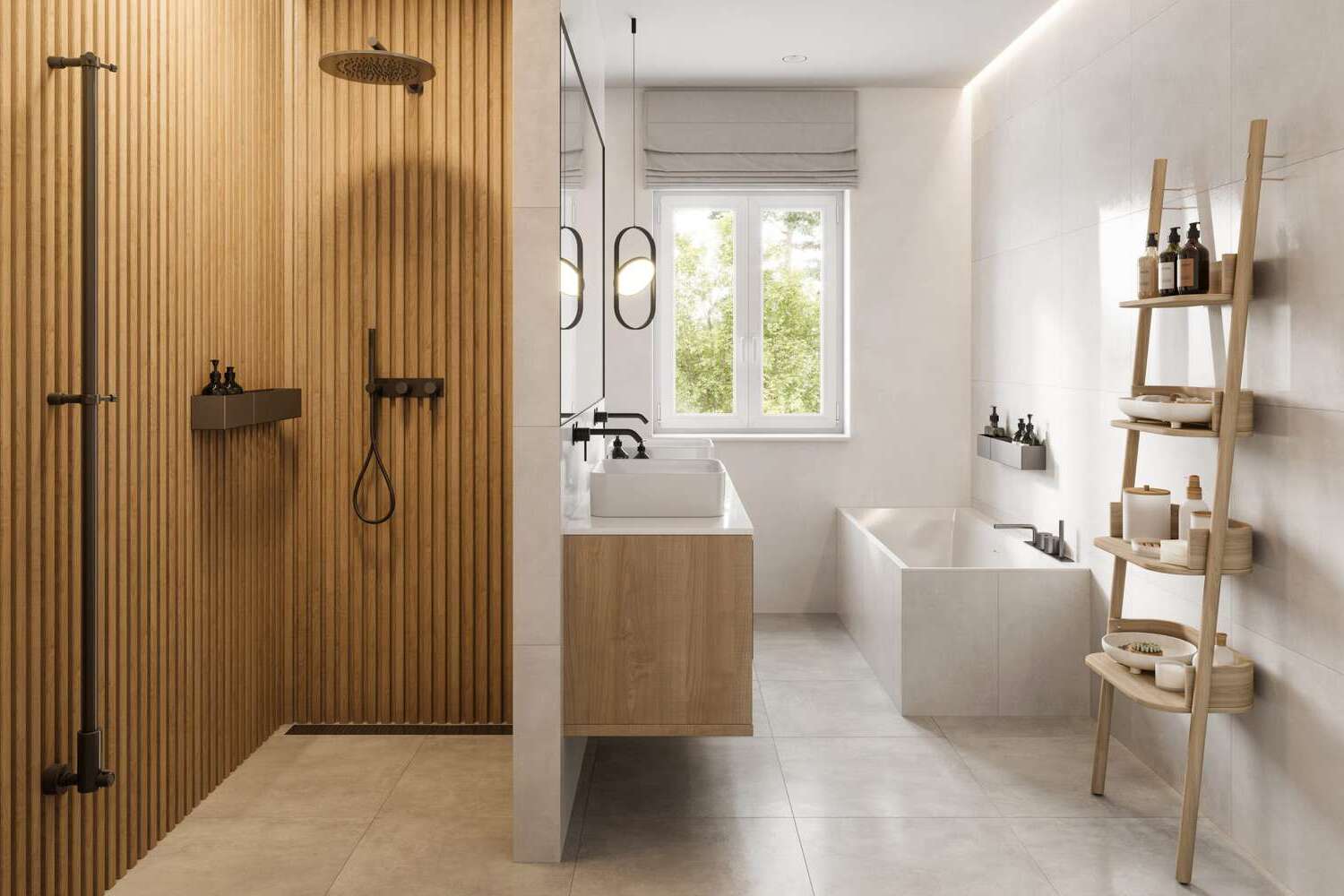
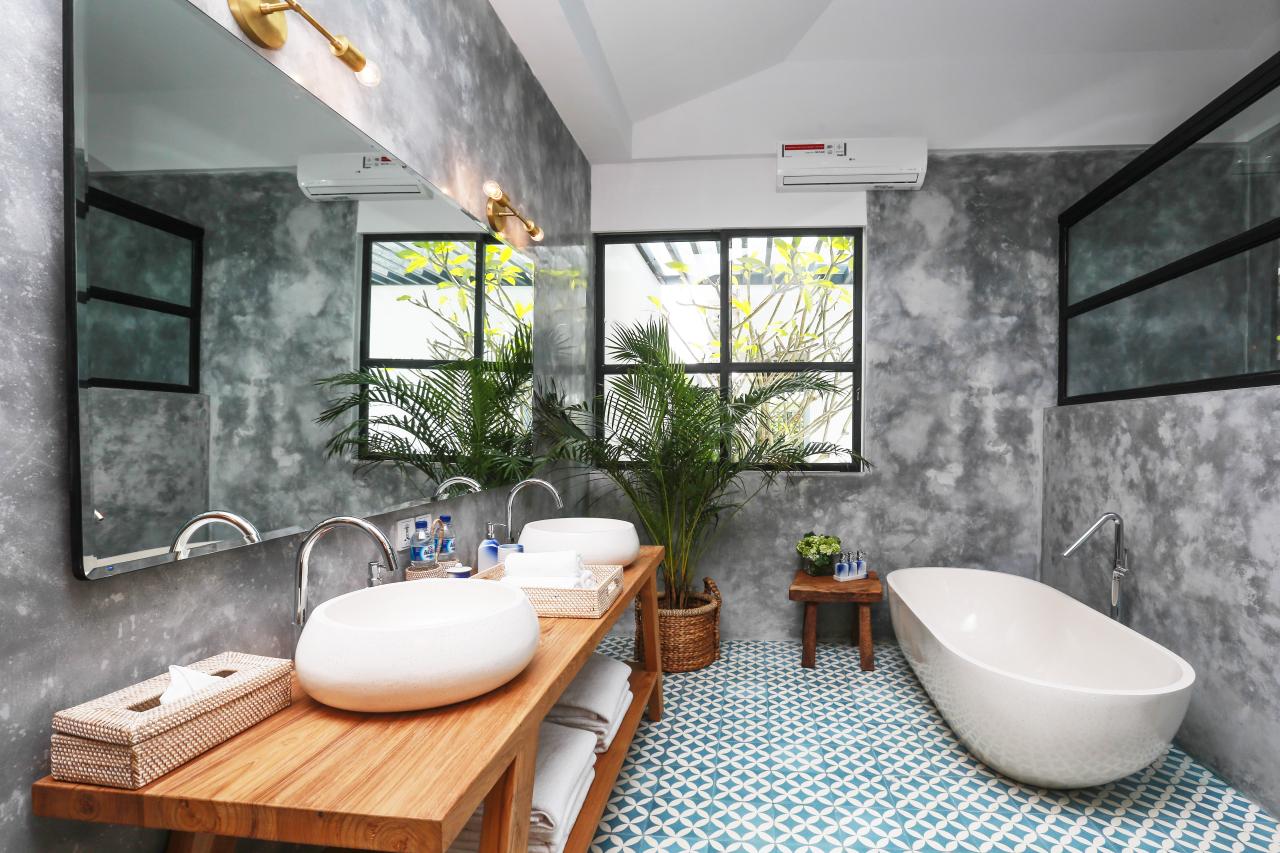
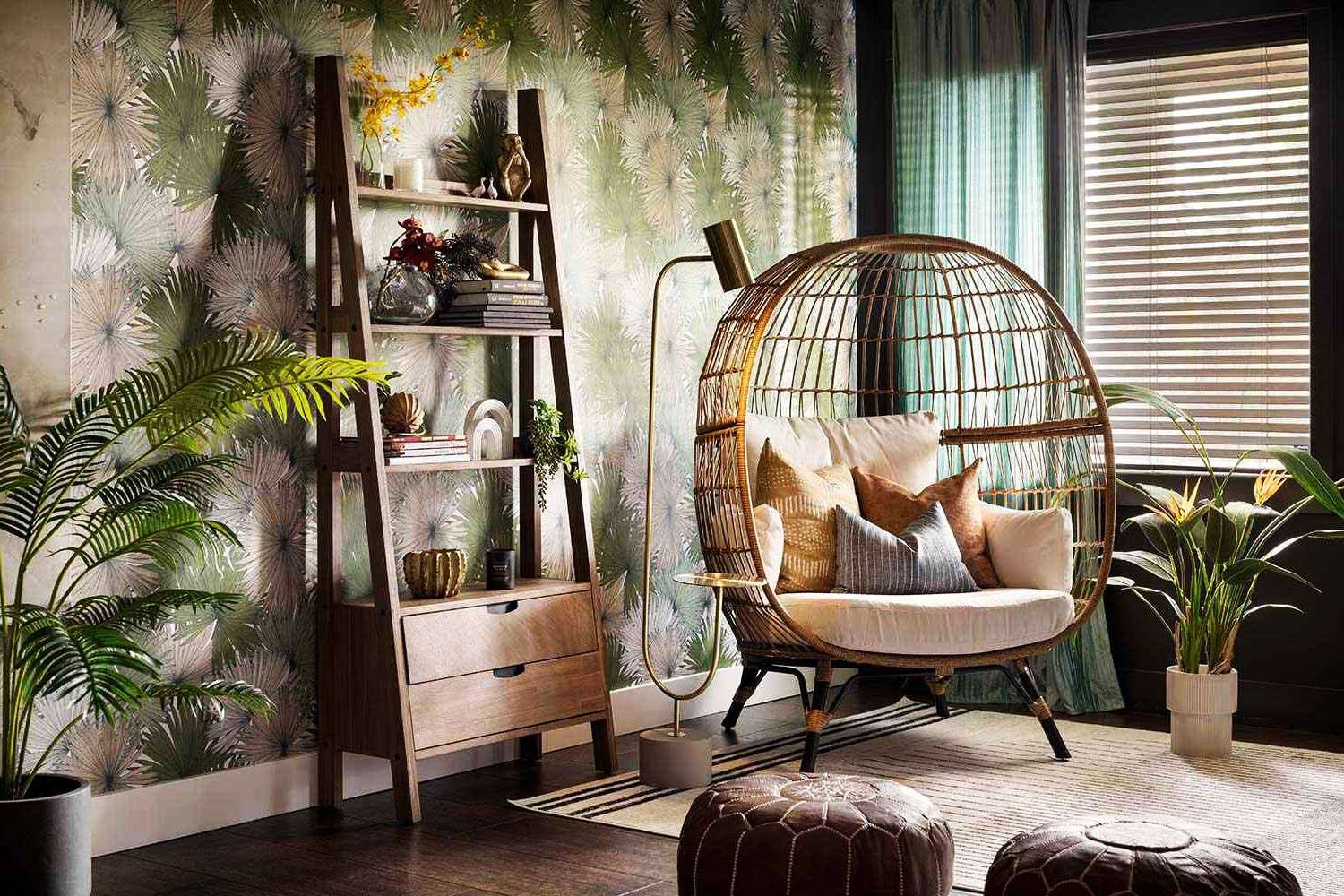
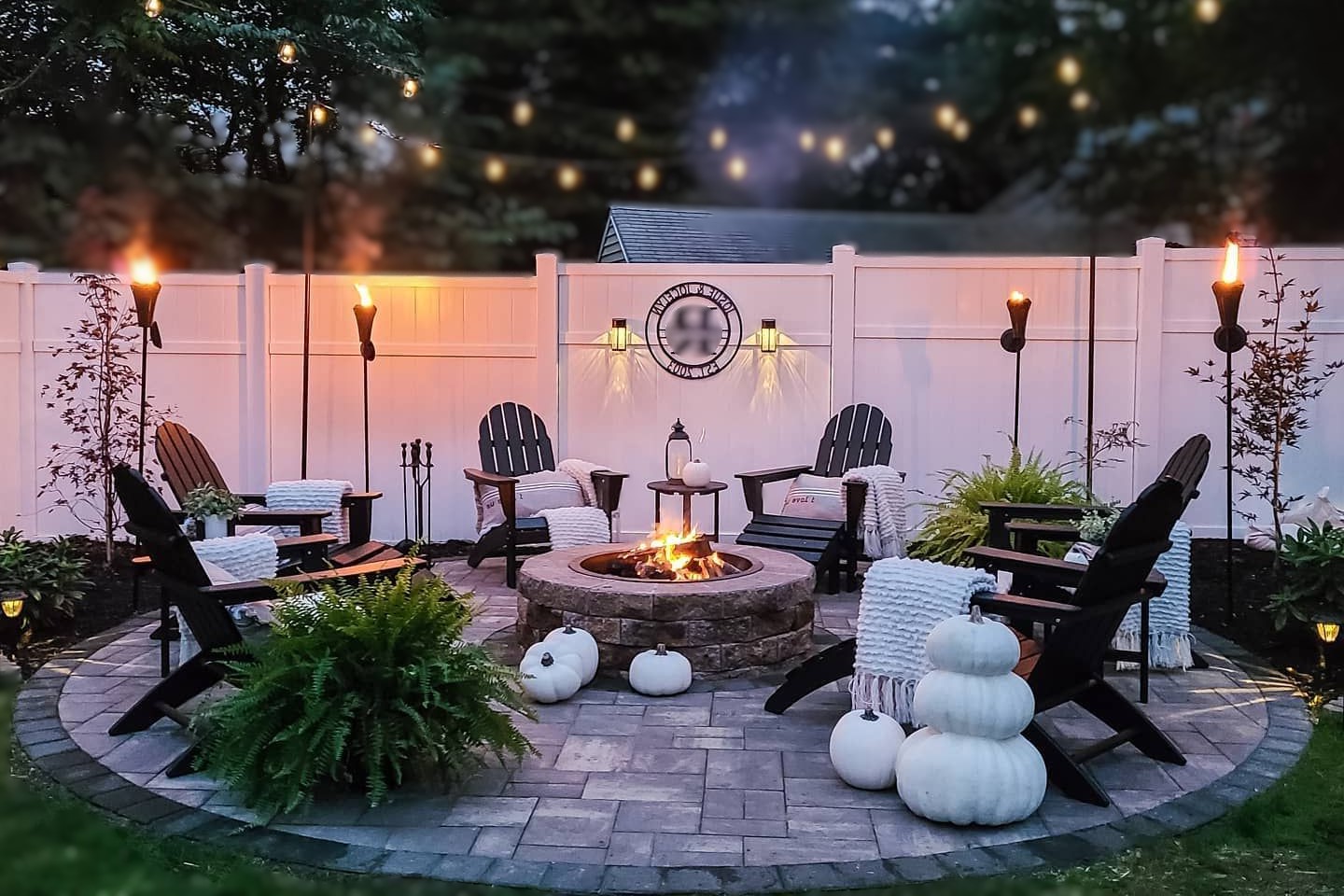
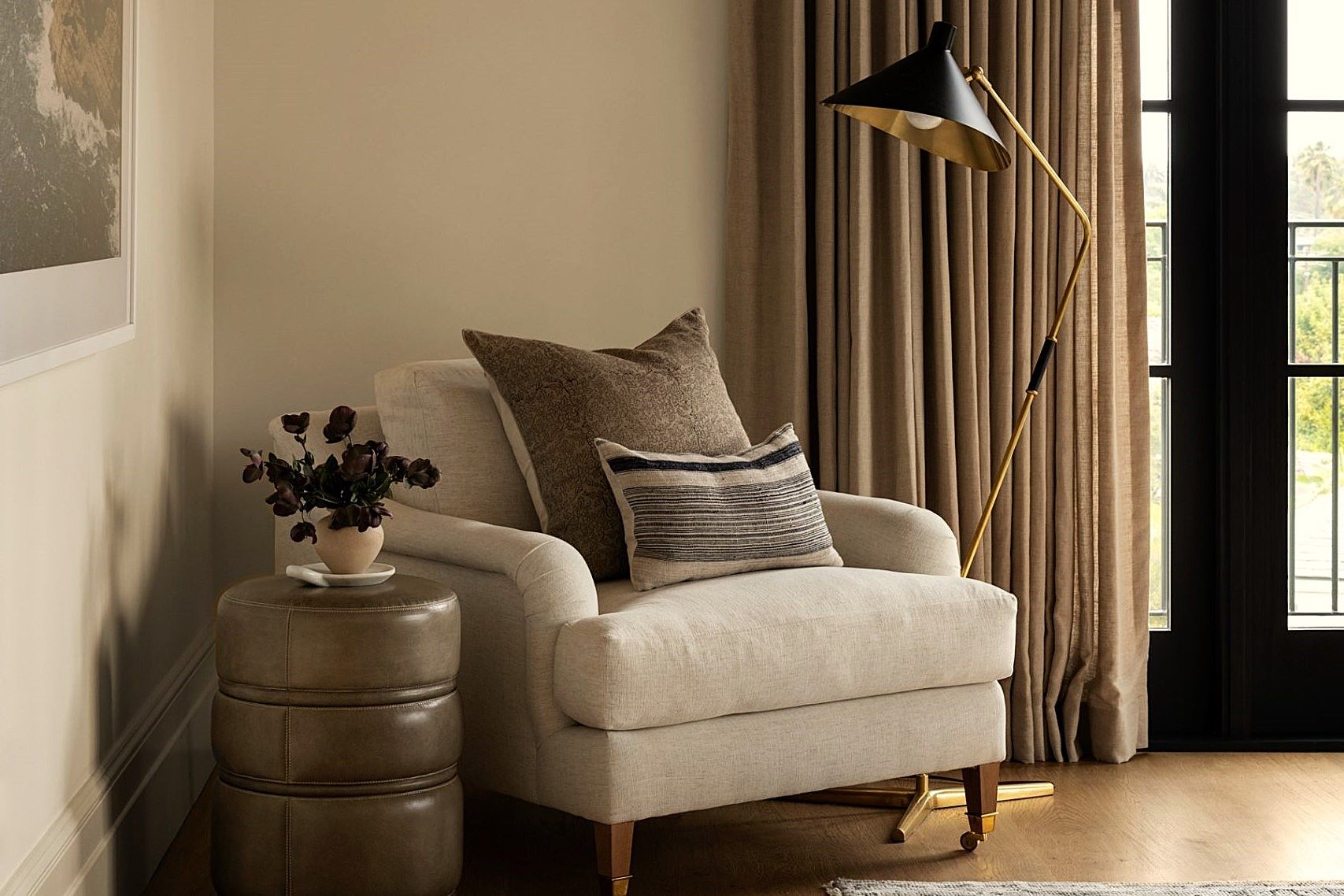
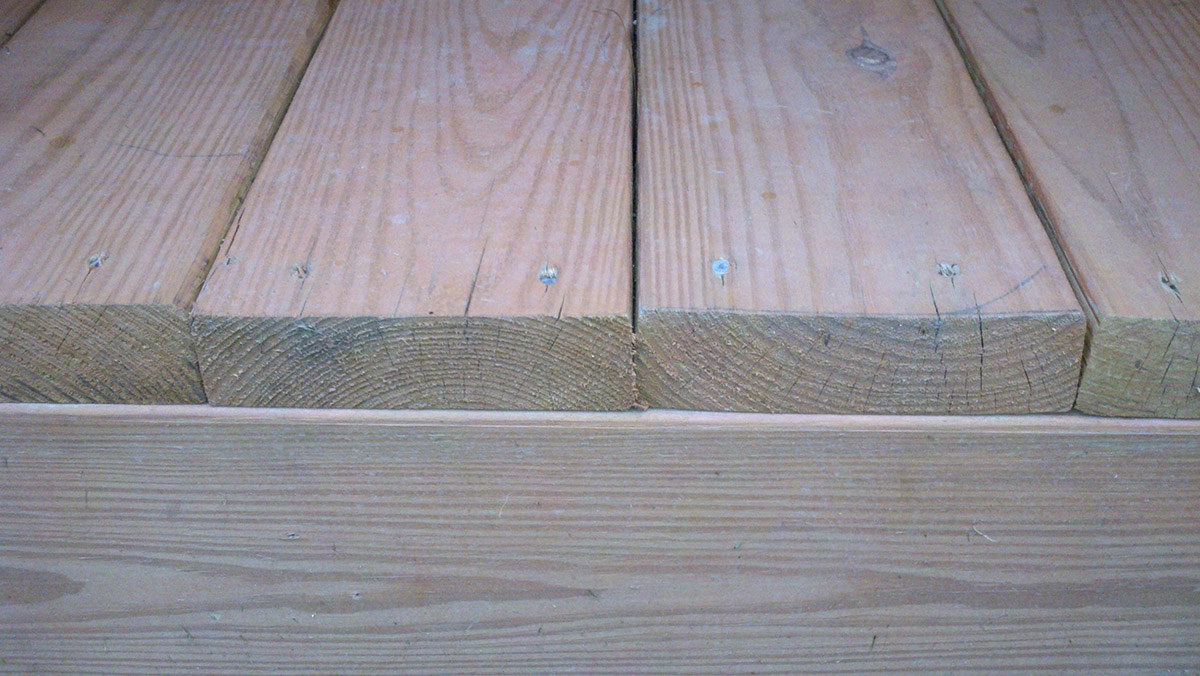
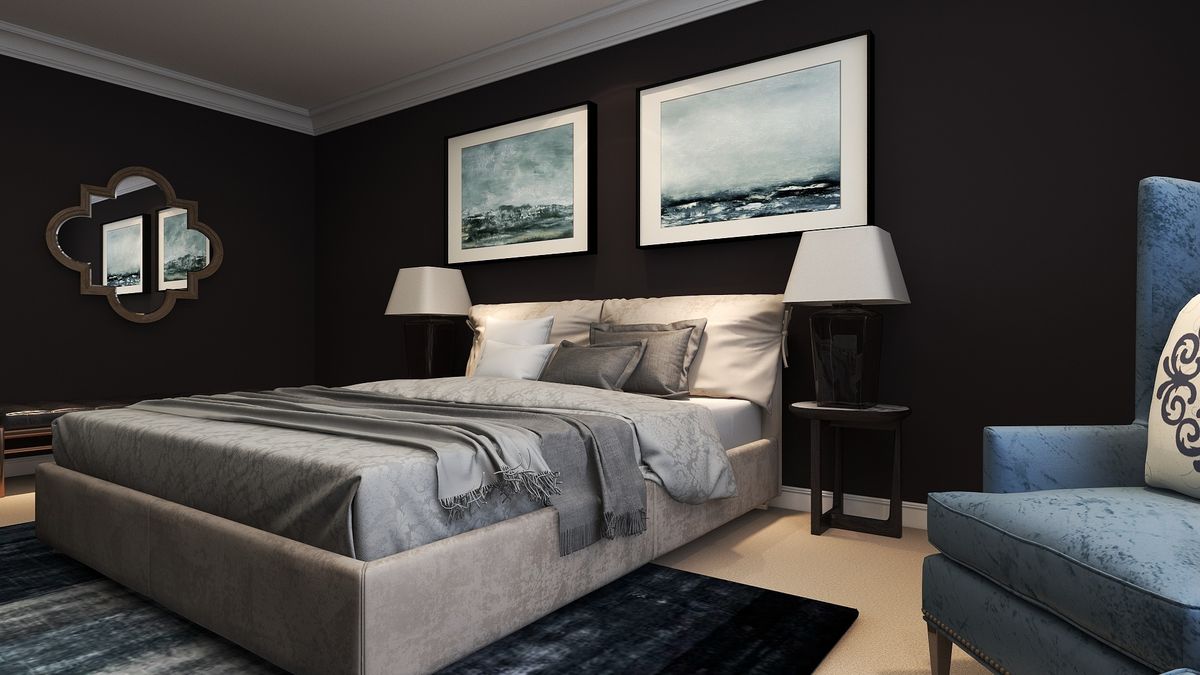
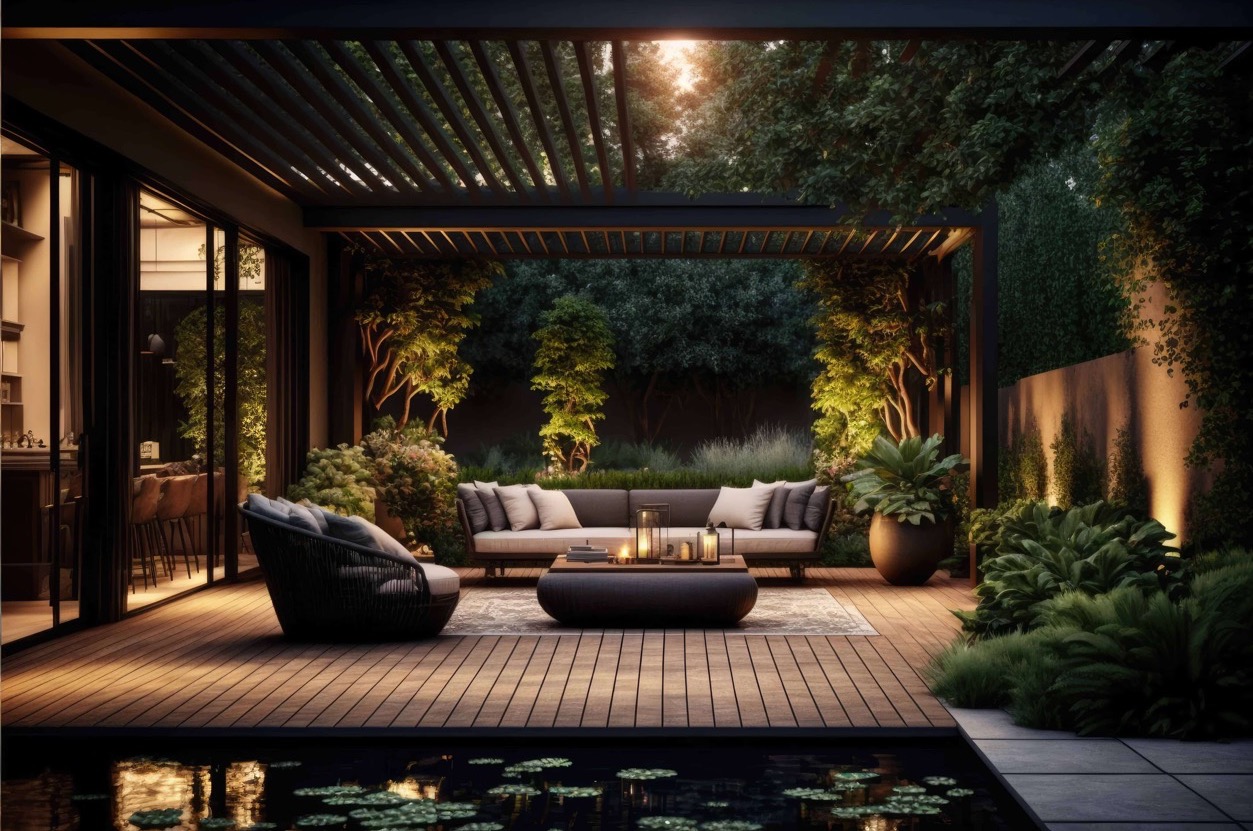
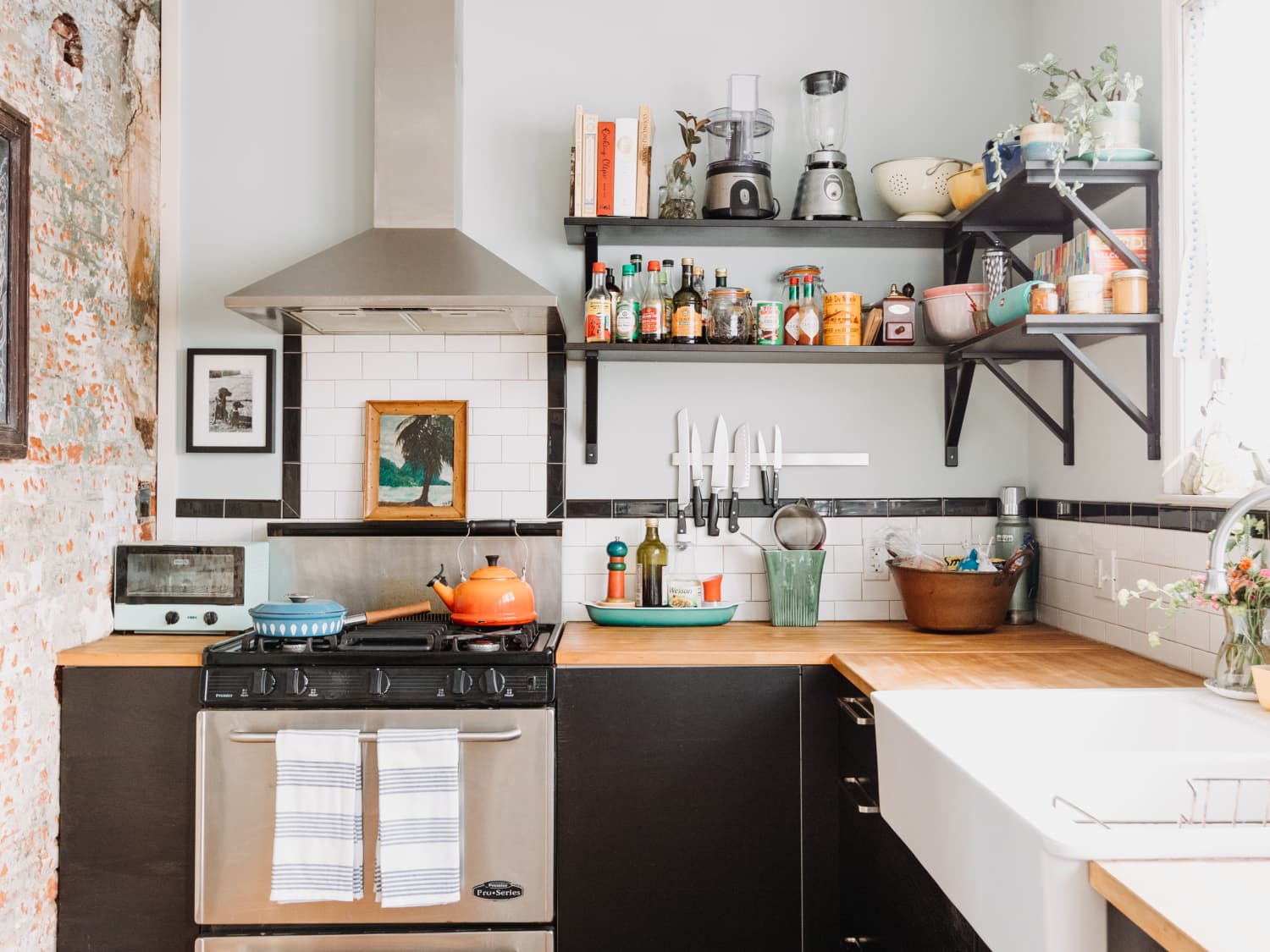
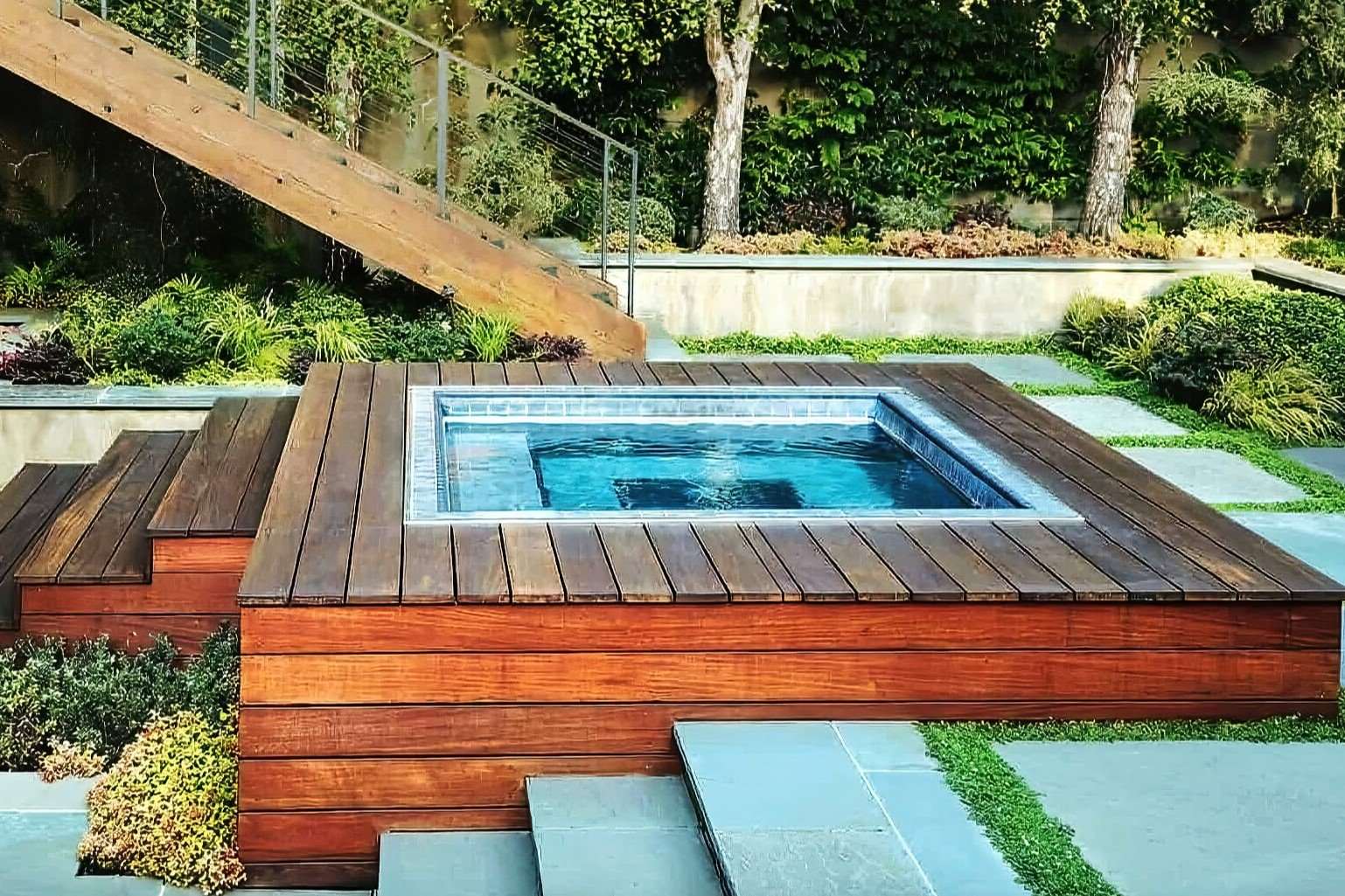
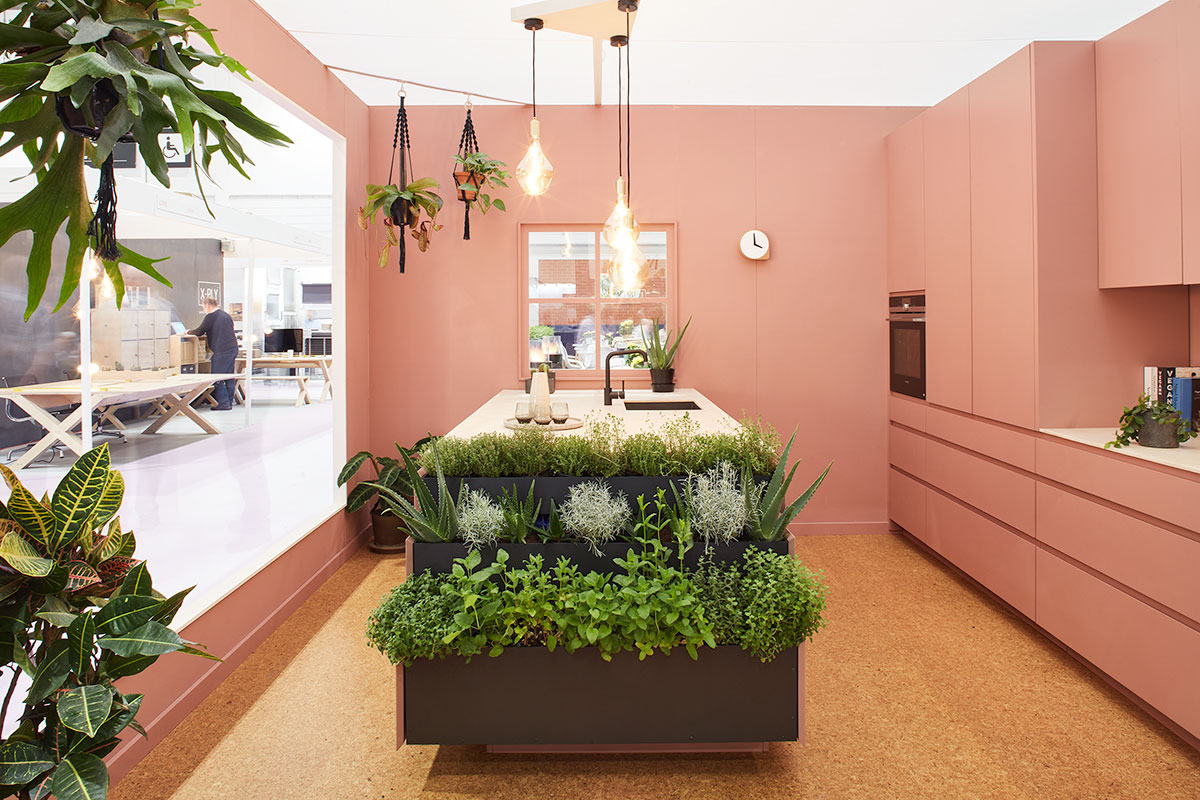

0 thoughts on “19 Ways To Create A Dream Deck Where You’ll Love Relaxing”